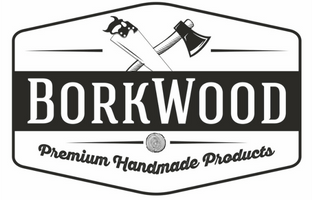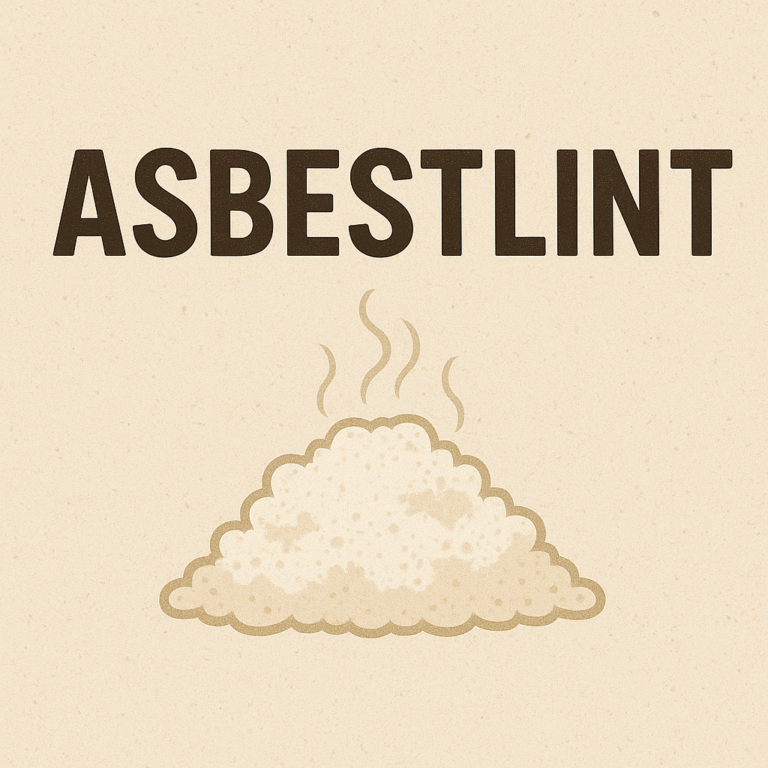What to Check After Having a New Roof Installed
Getting a new roof installed is a significant investment, and you want to ensure the job has been done right. Post-installation inspections are vital to avoid future problems and protect your home. Let’s break down the essential steps to check after having a new roof installed.
Inspecting the Workmanship
Check for Uniform Shingles
Take a step back and look at your roof from the ground. The shingles should appear uniform in color and alignment. Irregular patterns can indicate poor workmanship.
Ensure Proper Alignment
Each row of shingles should be perfectly aligned. Misaligned shingles can compromise the roof’s ability to protect your home from the elements.
Look for Loose or Missing Shingles
Run a quick visual inspection to ensure all shingles are intact and securely fastened. Loose or missing shingles need immediate attention.
Inspect Flashing and Seals
Importance of Flashing Around Chimneys and Skylights
Flashing acts as a barrier against water. Inspect the areas around chimneys, vents, and skylights for properly installed flashing.
Proper Sealing to Prevent Water Damage
Check for seals around roof edges and penetrations. Improper sealing can lead to leaks and water damage over time.
Verify Roof Ventilation
Signs of Adequate Ventilation
A well-ventilated roof helps regulate indoor temperatures and extends the life of the roof. Check for visible vents and ensure airflow is unobstructed.
Common Issues with Poor Ventilation
Improper ventilation can lead to moisture buildup, causing mold and damage to the roof structure.
Check the Gutters
Ensure Gutters are Securely Attached
Inspect the gutters to confirm they’re properly attached and aligned with the roof.
Look for Blockages or Improper Slope
Blocked or poorly sloped gutters can cause water to pool, damaging your roof and foundation.
Inspect for Cleanliness
Remove Leftover Materials
Ensure the contractor has cleaned up all leftover roofing materials, such as shingles and underlayment.
Ensure No Nails or Debris are Left in Gutters or Yard
Debris left behind can clog gutters or pose a hazard to you and your family.
Examine the Attic
Look for Leaks or Water Stains
Inspect the attic for any signs of leaks or water damage. These issues need to be addressed immediately.
Check for Proper Insulation Installation
Proper insulation helps regulate your home’s temperature and reduces energy costs.
Review the Contractor’s Warranty
Understand What’s Covered
Read through the warranty to know what repairs are covered in case of future issues.
Length of Warranty and Terms
Verify the duration and terms of the warranty provided by the contractor.
Confirm Compliance with Building Codes
Inspection Reports from Local Authorities
Request inspection reports from your local building authority to confirm code compliance.
Verify Contractor’s Adherence to Regulations
Ensure the contractor followed all local building codes and regulations during installation.
Test for Weather Readiness
Does the Roof Withstand Rain or Wind?
Check if the roof can handle rain and wind by observing its performance during the first storm.
Importance of a Stress Test
Consider simulating adverse weather conditions to ensure the roof’s durability.
Check Overall Aesthetic Appeal
Does It Enhance the Home’s Appearance?
Your new roof should complement the overall look of your home.
Fixing Visible Imperfections
Address any visible flaws that may affect the roof’s aesthetic or functionality.
Seek Professional Advice
Hiring a Roof Inspector
Hire a certified roof inspector for an unbiased opinion on the quality of the installation.
Why a Third-Party Inspection is Beneficial
A third-party inspection can catch potential issues missed during the initial walkthrough.
Maintain a Checklist
Document all inspections and keep a checklist to ensure nothing is overlooked. This record can be invaluable for warranty claims or future repairs.
FAQs
-
How long does a roof inspection take?
It typically takes 1-2 hours, depending on the size and complexity of your roof.
-
What are the signs of poor roof installation?
Misaligned shingles, poor flashing, leaks, and missing materials are key indicators.
- Can
I inspect the roof myself?
While you can perform basic checks, hiring a professional ensures a thorough inspection.
-
Why is attic inspection necessary?
The attic can reveal hidden issues, such as leaks or improper ventilation, that may not be visible from outside.
-
What should I do if I notice problems after installation?
Contact your contractor immediately to address the issues and utilize your warranty if applicable.
Conclusion
Inspecting your new roof thoroughly is critical for protecting your home and your investment. By following these steps, you can ensure that your roof is not only functional but also aesthetically pleasing and built to last.







